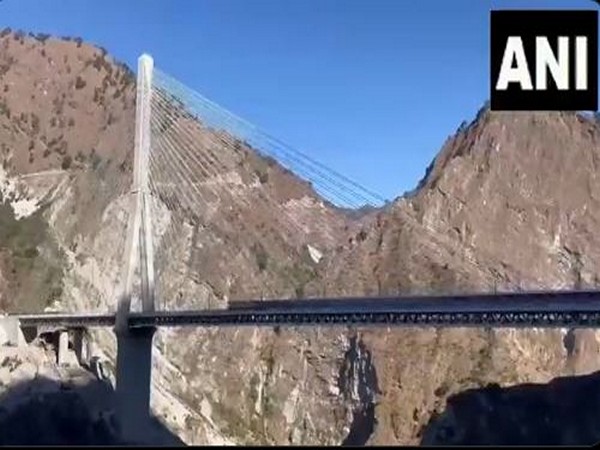
Reasi: The northern railway has successfully completed a speed trial on the Katra-Banihal railway section of the Udhampur-Srinagar-Baramulla Rail Link (USBRL) during the Commissioner of Railway Safety (CRS) inspection on Wednesday.
The Commissioner of Railway Safety, Dinesh Chand Deshwal while speaking with the media said that the dust was arising because construction work has been going on for a long time. The technical aspects were as per requirement during the trial. The speed trial run was satisfactory.
“Based on the data from this trial run, we will soon decide to run the train. Today, the train was running at 110 kmph in most segments of the route. From Katra to Banihal there were steep rising grades. In most of the places, the speed has been 110 kmph.”
The Indian Railways, which is on the path of development, is now moving towards showcasing one more classic example of an engineering marvel with the newly built Anji Rail Bridge.
The country’s first cable-stayed rail bridge is constructed in the Reasi district of the Union territory of Jammu and Kashmir under the most challenging Udhampur-Srinagar-Baramulla-Rail Link (USBRL) Project of Indian Railways. The bridge is about 80 km by road from Jammu.
Anji Khad Bridge is the country’s “first cable-stayed bridge” of Indian Railways connecting Katra and Reasi in Jammu and Kashmir. The bridge is a part of the national project of the Udhampur-Srinagar- Baramulla Rail Link (USBRL) Project.
The bridge is located in the young fold mountains of the Himalayas, having extremely complex, fragile and daunting geological features in the form of faults, folds and thrusts, and besides, the seismic proneness of the region. Detailed site-specific investigations were carried out by IIT, Roorkee and IIT, Delhi.
